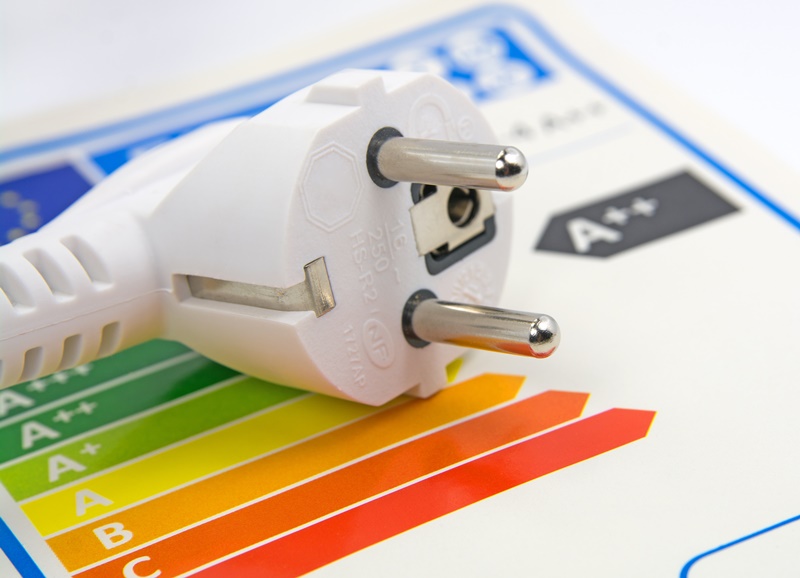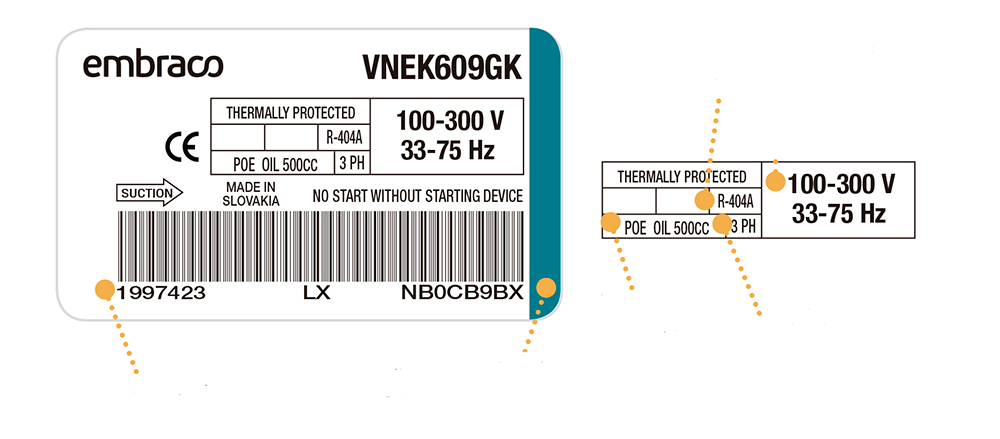Contractors must have basic notions on the topic
Having electrical knowledge is essential for contractors so they can do their job without causing problems to the equipment and components as well as without any risk to their safety. We explain below four key concepts in this area.
Electric voltage
Let’s start with electric voltage, also called voltage. Its measurement unit is the volt, represented by the letter V.
All electrical devices are designed to run at a certain voltage or voltage range: 110V, 115V, 115-127V or 220V. This value, specified by the manufacturer, is called rated voltage.
There is also the rated supply voltage, which is guaranteed by electric utility companies. In Brazil, many variations in this voltage occur, which can damage some equipment. This variation, usually downwards, happens most often during peak consumption hours and in rural areas, which are situated at the end of the distribution network. To avoid problems, a stabilizer or a voltage regulator is used.
Refrigerators, in general, are well suited to fluctuations in the power grid. Embraco compressors are designed to work with a range of up to 10% more or less in relation to the rated voltage. For example, a compressor with a rated voltage of 220V can work with voltages from 198V to 242V.
The device is not always suitable for the voltage offered at the site. In such cases, the solution is to use a transformer that reduces the voltage from 220V to 110V or increases it from 110V to 220V.
To find out the voltage, a voltmeter is used. This instrument, which should be part of the contractor’s toolkit, is always connected in parallel to the points between where you want the voltage measured.
Electric current
The current is the “amount” of electrical energy passing through circuits and devices, conducted by electric wires and cables. The measurement unit for electric current is the Ampère, represented by the letter A.
There are two types of currents:
Direct current, known as DC;
Alternating current – AC.
Direct current flows in only one direction. Such is the case with batteries, where the current will always occur from the negative pole to the positive pole. While alternating current constantly changes direction, reversing polarity at every cycle. A complete cycle takes the current from zero to the maximum value in one direction, goes to zero, and then repeats the same phenomenon in the opposite direction. On Embraco compressor labels, the symbol “~” means AC.
Depending on the country, alternating current from the power grid may have a different frequency, that is, a different number of full cycles completed each second. It can be 50 cycles per second (50Hz) for some Latin American countries (Argentina, Paraguay and Bolivia), or 60 cycles per second (60Hz), such as in Brazil, the US and Mexico.
To measure the electric current, an ammeter is used. This is another instrument that the contractor must have, always remembering that it must be connected in series in the circuit.
Electric resistance
Electric resistance is the ability of a material or body to oppose the flow of current. It indicates the difficulty that the electric current has to flow through the circuit. Thus, for the same voltage, the higher the resistance, the lower the electric current flow.
Several factors contribute to resistance: the composition of materials, their length, cross section and temperature. The maximum resistance is obtained with the use of insulating or dielectric materials such as glass, porcelain, rubber, and certain plastics. Metals such as copper and aluminum are good conductors of electric current, presenting little resistance to current flow. So, they’re used in wires, electrical cables and compressor motors.
The device popularly called a “resistance” element, present in showers and other devices is in fact a resistor. It’s used to transform electric energy into heat (thermal energy).
The electric resistance measurement unit is the ohm, symbolized by the Greek letter omega (Ω). It’s measured by an ohmmeter, which is often part of a multimeter device. In refrigeration, this instrument is used to measure the resistance of the motor coils and resistors, as well as to detect continuity problems (interrupted circuit or not) of the wires between switches, thermostat and other components.
To measure the resistance of any compressor or equipment it is necessary that it’s disconnected and that the current running through it is zero. The measurement is taken between two points: for example, between the starting and running coil terminals.
Electric power
The electric power indicates the electrical work performed by an apparatus during a certain period of time. This electrical work involves the transformation of electric energy into another form of energy (mechanical, for example) occurring whenever an electric voltage drives electrical charges through a conductor.
In a refrigerator, electrical energy is transformed into mechanical energy driving the compressor motor. In turn, the compressor uses mechanical energy to circulate refrigerant fluid, transferring the heat inside the cabinet outward.
The measurement unit for electric power is the watt, represented by the letter W. In general, all electrical devices indicate the power it uses, defined by its design (called rated power).
In light bulbs for instance we can find specifications such as 120V and 60W, which indicate that it must be connected to a voltage of 120 volts to consume 60 watts of power. If connected to a 220 volt source, the light will dissipate much more than the 60 watts specified and burn out. On the other hand, if it’s connected to a source lower than 120 volts, it will dissipate less power, providing weaker illumination.
To measure the power being consumed by appliances and devices, a watt meter is used. This measurement is important to:
Check if they are properly connected and take advantage of the power for which they were designed;
Assess whether they’re working within their optimal conditions;
See if the components used in the connection are according to the manufacturer’s specifications (for example, the supply wire gauge diameter).



